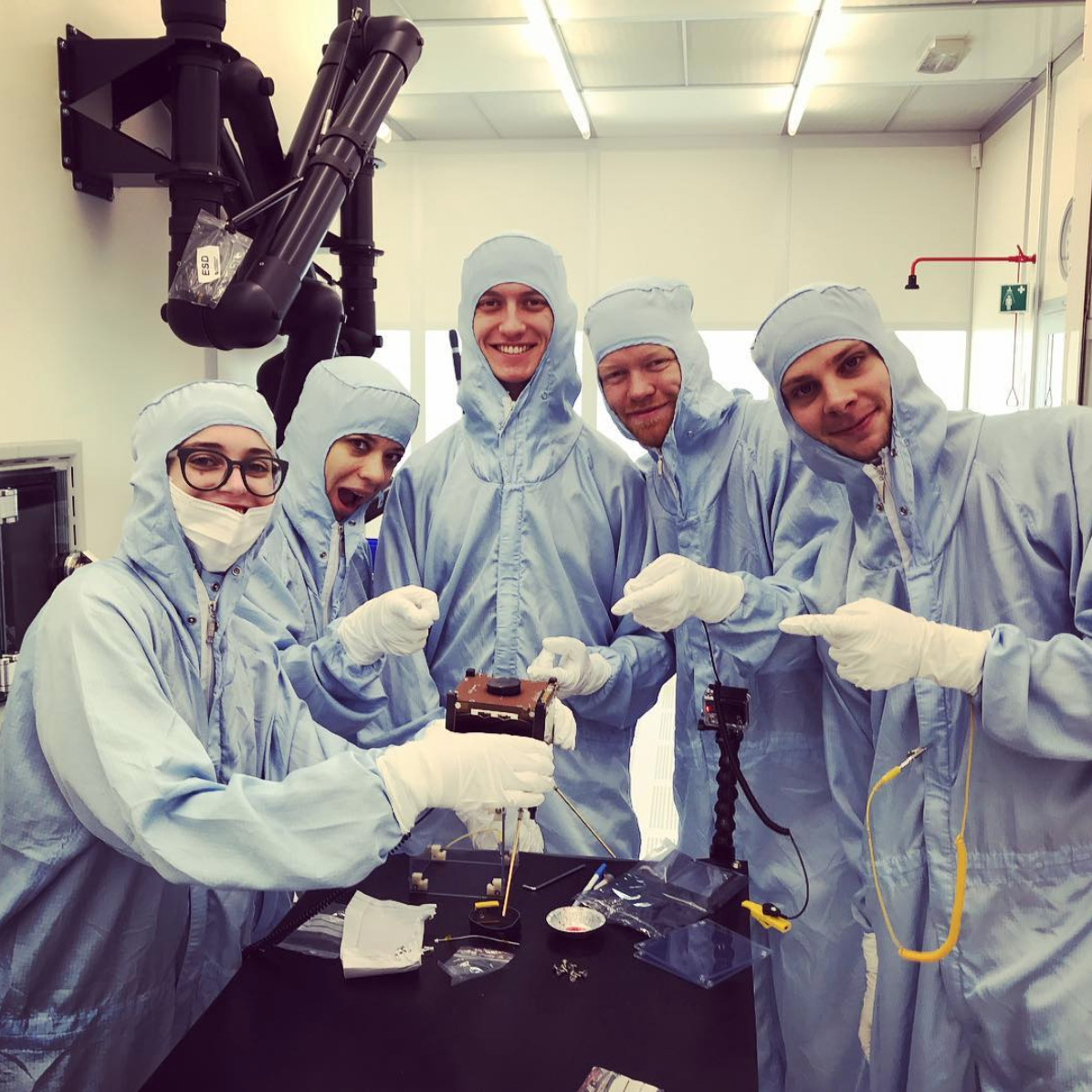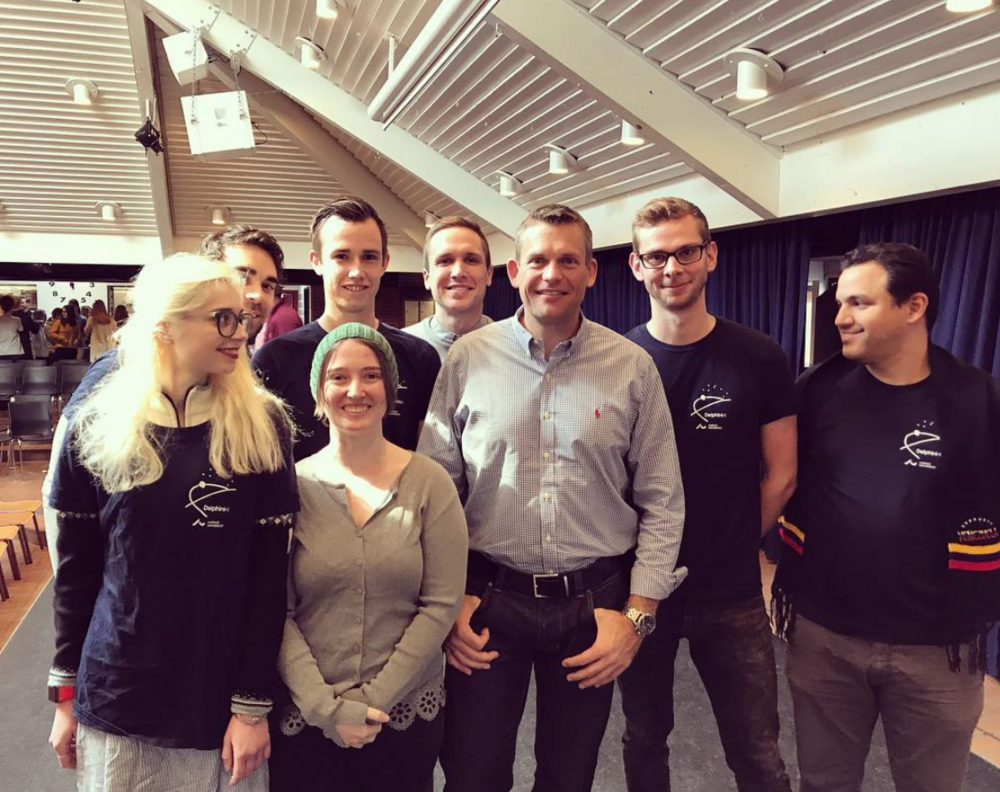AU sends satellite into space: "The culmination of my boyhood dream"
On Tuesday evening at 7:38 Danish time, a SpaceX Falcon 9 rocket will shoot skywards and into space from Cape Canaveral in Florida. On board will be the Delphini-1 satellite that engineering student Kåre Jensen has helped to construct.

Throughout 2017 and 2018, five students from Aarhus University have been piecing together the Delphini-1 nano-satellite: Aarhus’s first satellite. Now the satellite has been loaded into the cargo bay of a SpaceX Falcon 9 rocket, ready to be launched towards the stars on the evening of Tuesday, 4 December.
One of the five is Kåre Jensen, an MSc in Engineering student who has been dreaming of the stars and of working in the space industry since he was a boy. He can't get much closer than where he is now, and he’s still a student.
PS: FOLLOW THE LAUNCH TUESDAY LIVE ON OUR FACEBOOK SITE
"I'm really looking forward to the satellite launch on Tuesday, so that we can finally start using it. We’ve been working towards this for the past two years, and it’s the culmination of my boyhood dream; to be in the control room and to help take space research one step further," he says.
(The article continues below the picture)

The team meet up with Danish astronaut Andreas Mogensen. Photo: AUSAT/Dephini-1
The five students are but a small part of the entire crew behind the Delphini-1 project. In total, 30 students have been involved in the project and 20 of those - including Kåre - will leave for Cape Canaveral Air Force Station in Florida on Sunday, where they will watch the launch live as the 290-tonne rocket takes off from the launch-pad at Space Launch Complex 40.
The Falcon 9 rocket will take the Delphini-1 satellite up to the International Space Station, from where it will be sent out into its orbit around the Earth.
ALSO READ: The multistability of universal design
Kåre has always considered that becoming an engineer was a natural step in his ambition to work in the space industry. Kåre has revelled in solving problems and finding new ways of doing things, ever since he was a boy. He has always had an inventor in his blood, and he sees this as a great advantage if you want to study for an MSc in Engineering:
"Engineering science is very much about solving real problems in the real world. Finding new, smarter ways of doing things. This is how you can change the world for the better. Not only in the space industry, but in all sectors. I think it’s one of the things that makes studying engineering such fun," says Kåre.
READ MORE ABOUT KÅRE HERE: When a boy's dream comes true
Delphini-1 is Aarhus University's first satellite and is the start of the University's space programme: AUSAT.
Read more about AUSAT and Delphini-1 below (continues below the picture).

It will look a bit like this, when the Falcon 9 rocket launches on Tuesday. Photo: Wikimedia Commons.
Contact
Jesper Bruun
Communications Partner AU Engineering
Mail: Bruun@eng.au.dk
Phone.: +45 42404140
Facts about Delphini-1
- The satellite will launch on 4 December 2018 from Cape Canaveral in Florida to the International Space Station (ISS). From there it will be shot into orbit.
- 30 students are attached to the project and have worked on all aspects of the Delphini-1. Of the 30, 5 students were elected to piece the satellite together in the laboratories of Aarhus University.
- The budget for the satellite hardware is around 60.000 euro and around 30.000 euro for the control station.
- The satellite parts are purchased by the danish company GomSpace, who designs nano-satellites.
- The overall project budget is around 5 million DKK.
- The five students building the satellite are from the Department of Physics and Astronomy, the Department of Geoscience and from the Department of Engineering.
- The satellite will remain in orbit for a projected period of around 4-6 months up to a year, depending on the solar activity.
